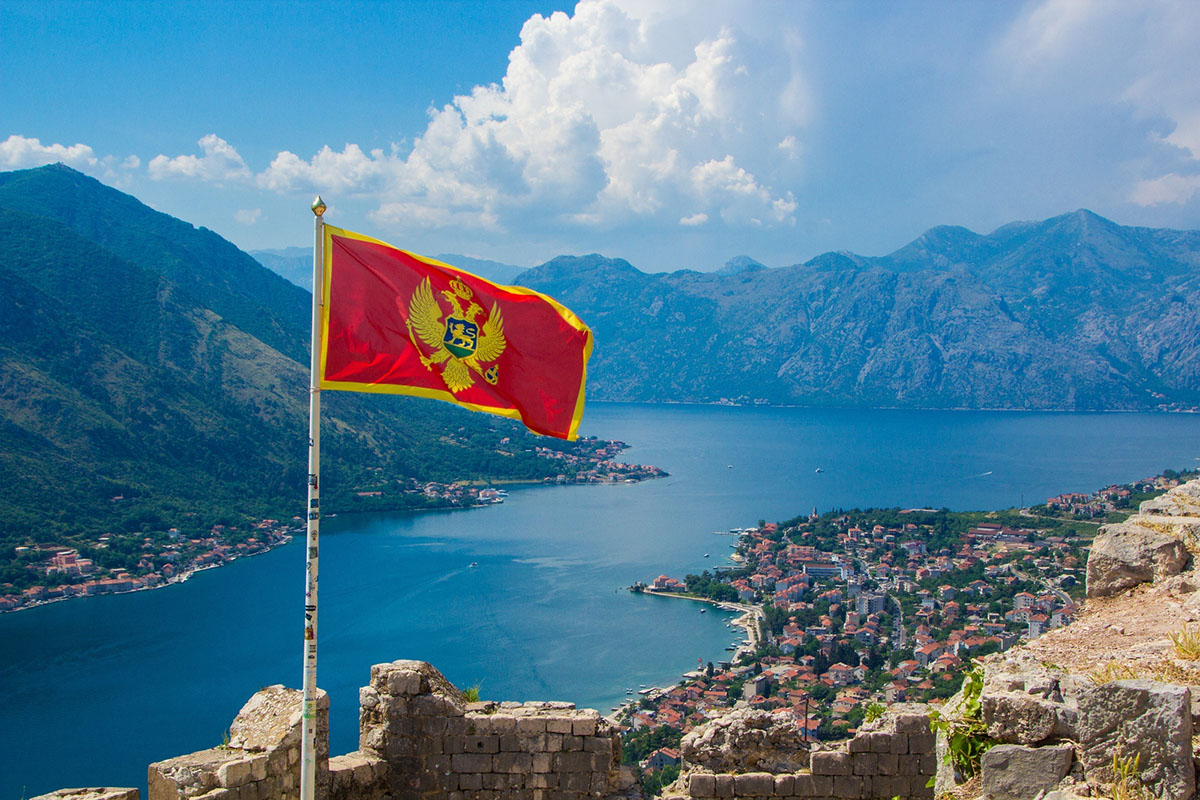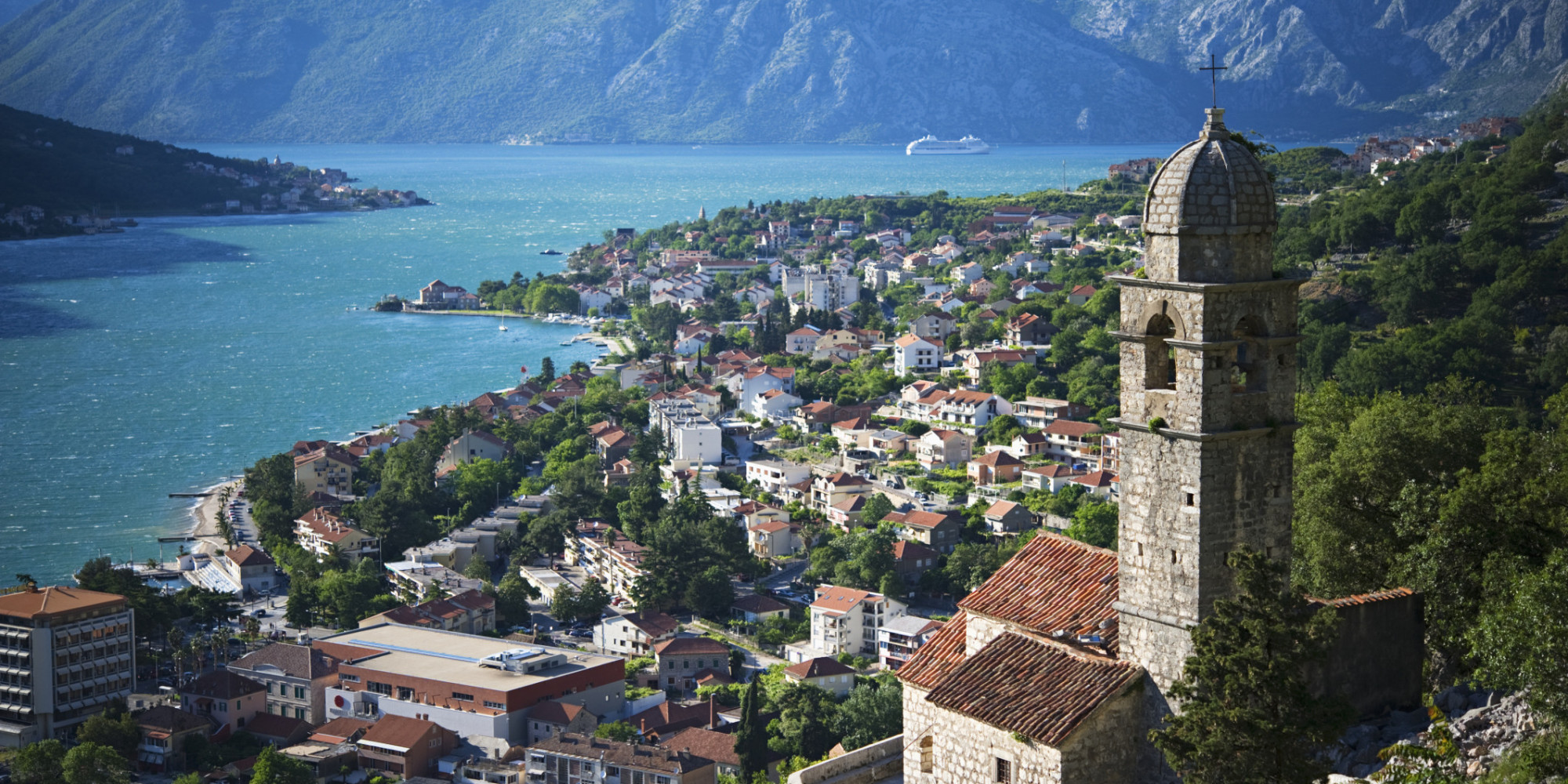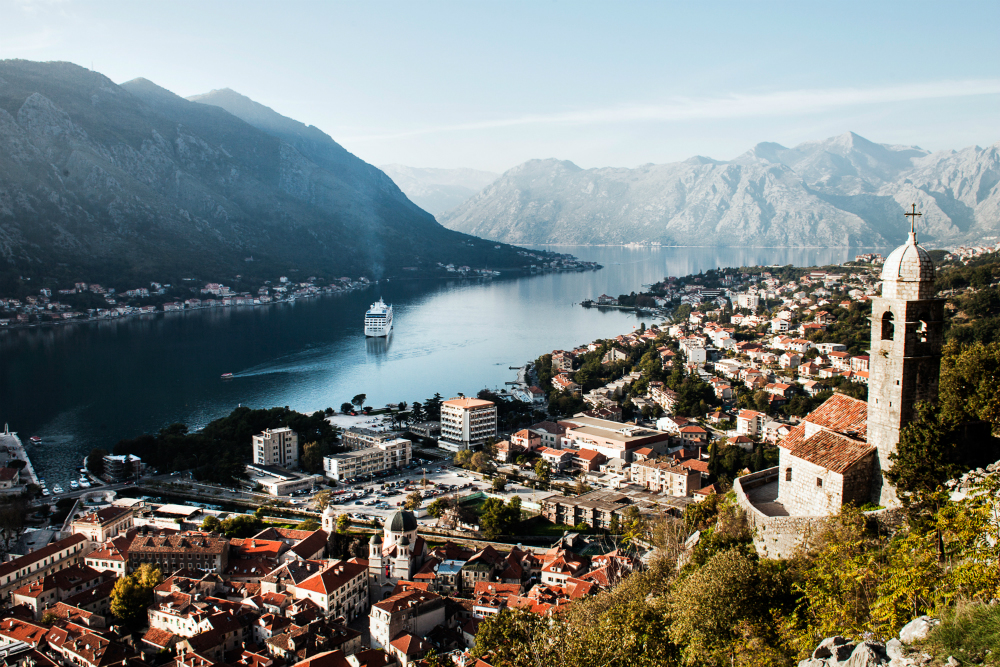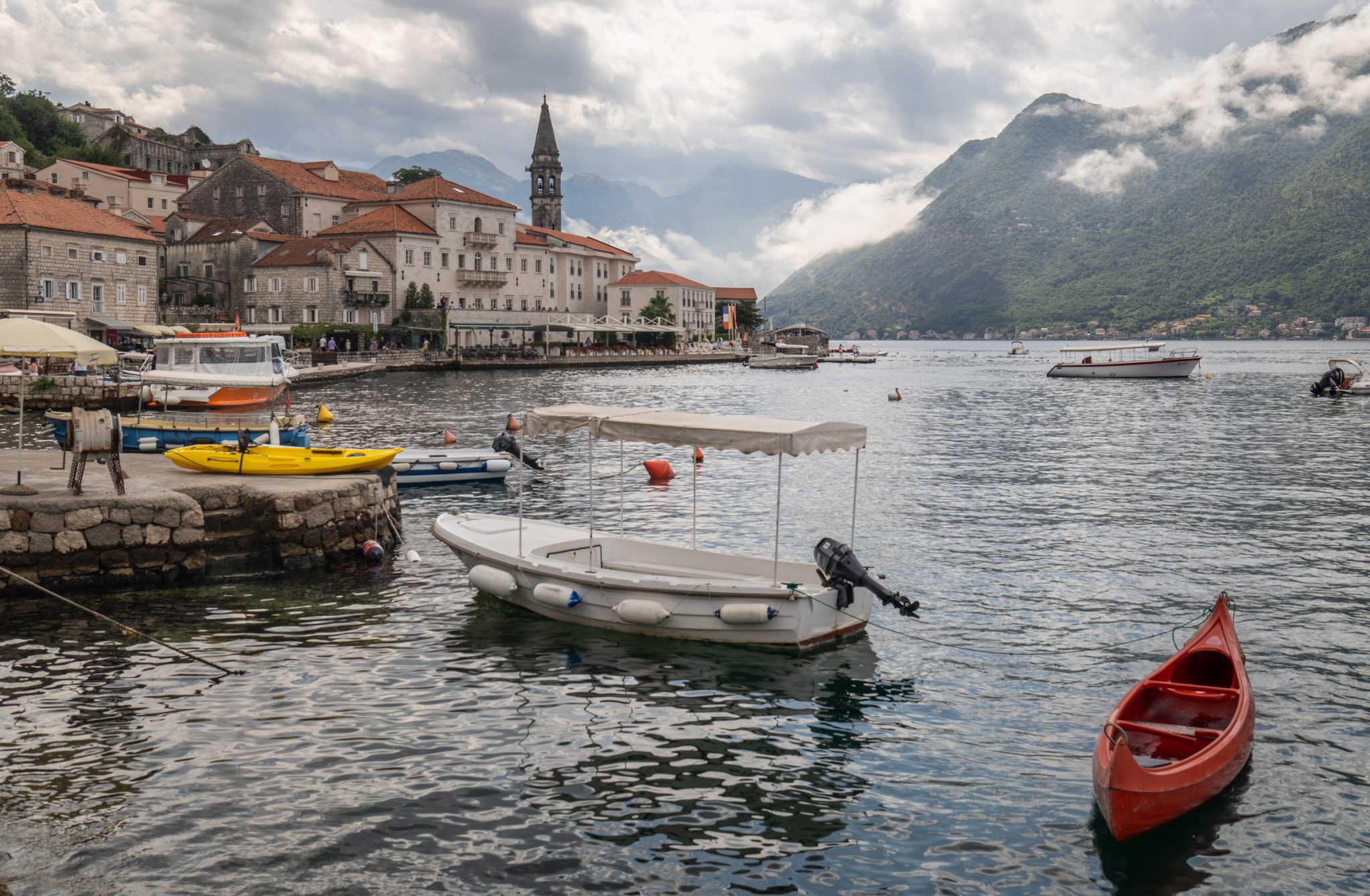Table of Contents
- Montenegro - What you need to know before you go - Go Guides
- Montenegro - The Pearl of the Adriatic | HuffPost UK
- Montenegro up Close – How to Get Around, Where to Stay and What to Eat
- Returning to Montenegro - The New York Times
- Montenegro Travel Guide: 20+ Genuinely Useful Things to Know!
- A Journey of Postcards: Podgorica, capital of Montenegro
- Montenegro Heads Slowly but Steadily Towards the EU - Emerging Europe
- Reiseguide Montenegro: Et herlig ferieparadis for alle - Reisetips
- Montenegro travel - Lonely Planet | Europe
- Montenegro Removes Testing and Quarantines For Arriving Tourists ...



A Brief History of Montenegro



Population and Capital


Flag and Language
The flag of Montenegro features a golden double-headed eagle on a red background, with a golden crown above the eagle's heads. The double-headed eagle is a symbol of the country's rich history and its connection to the Byzantine Empire. The official language of Montenegro is Montenegrin, which is closely related to Serbian, Bosnian, and Croatian. Many Montenegrins also speak English, especially in tourist areas.
Map and Geography
Montenegro is a small country, with a total area of approximately 13,812 square kilometers. The country is bordered by Croatia to the west, Bosnia and Herzegovina to the northwest, Serbia to the northeast, Albania to the southeast, and the Adriatic Sea to the southwest. Montenegro's terrain is characterized by mountains, forests, and a stunning coastline, with the Bay of Kotor being a popular tourist destination.
Interesting Facts
Montenegro is home to the stunning Bay of Kotor, which is a UNESCO World Heritage Site. The country has a diverse wildlife, with over 300 species of birds and a wide range of flora and fauna. Montenegro is a popular destination for outdoor enthusiasts, with opportunities for hiking, skiing, and water sports. The country has a rich cultural heritage, with a mix of Mediterranean and Balkan influences. In conclusion, Montenegro is a hidden gem of the Balkans, offering a unique blend of history, culture, and natural beauty. From its stunning coastline to its picturesque mountains, Montenegro is a destination that has something to offer for every kind of traveler. Whether you're interested in history, culture, or outdoor activities, Montenegro is a must-visit destination that is sure to leave you with unforgettable memories.Keyword density: Montenegro (9), history (3), population (2), capital (2), flag (2), language (2), map (2), facts (2)
Meta description: Discover the beauty of Montenegro, a country with a rich history, stunning natural beauty, and a unique cultural heritage. Learn about its history, population, capital, flag, language, map, and interesting facts.
Header tags: H1, H2
Image optimization: Use images with alt tags and descriptive text, such as "Montenegro flag", "Podgorica city", "Bay of Kotor", etc.
Internal linking: Link to other relevant articles, such as "A Guide to Visiting Montenegro", "The Best Places to Visit in Montenegro", etc.
External linking: Link to relevant external sources, such as Wikipedia, official government websites, etc.